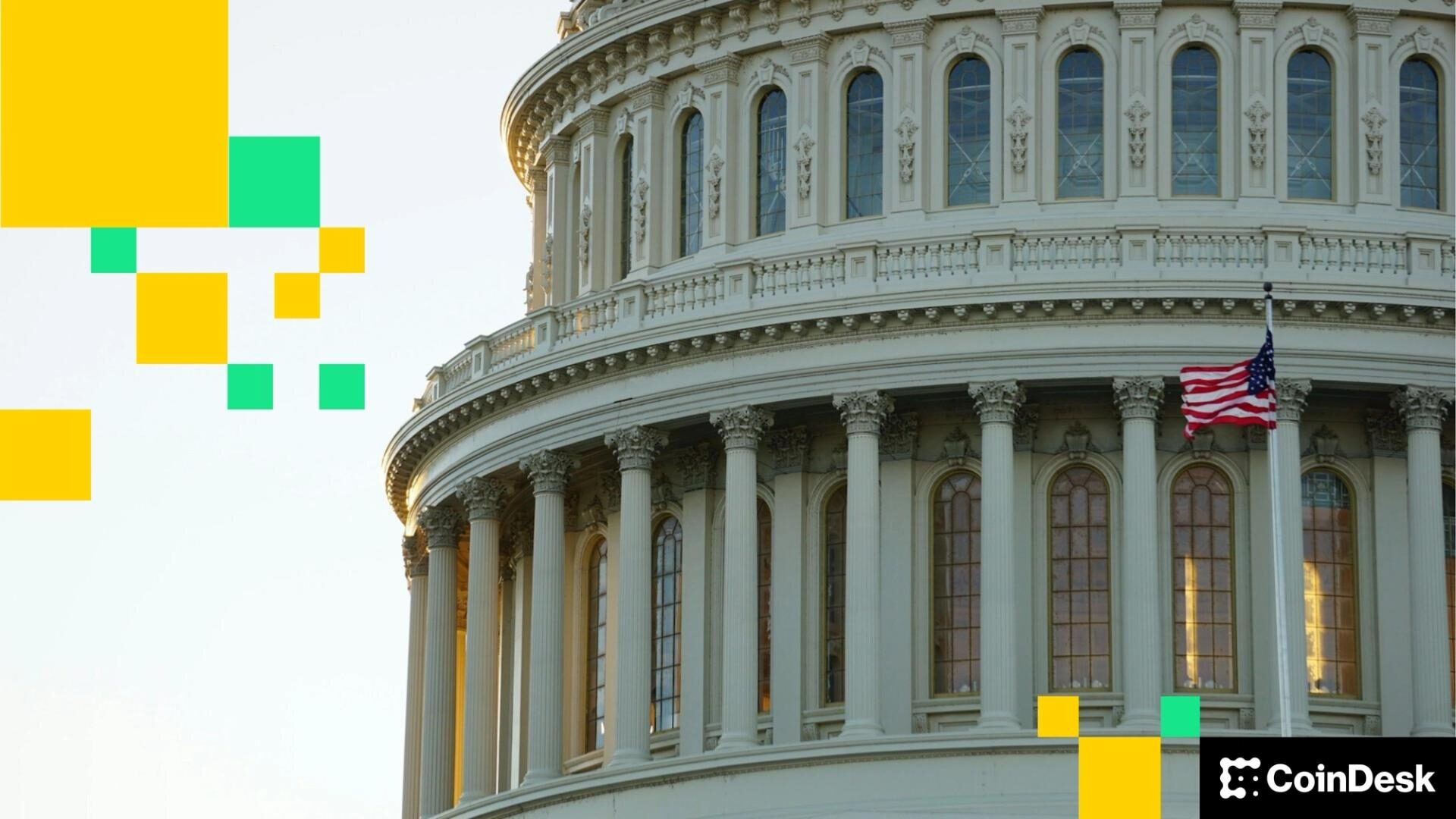A generation ago, the biggest story in business was the rise of software. Today, the biggest story is the rise of clarity.
Across crypto, clarity — on rules, on guardrails, on compliance — is neither aspirational nor an afterthought. It is becoming the main driver of institutional scale and legitimacy. Where software devoured inefficiency, clarity is devouring uncertainty.
STORY CONTINUES BELOW
This development will change global finance.
For the past decade, entrepreneurs in emerging technologies have lived in a world of regulation by enforcement. The rules weren’t precise or fit for purpose; they were litigated after the fact. With just one subpoena, enforcement action, or banking relationship cut off — an entire company could vanish overnight. An ensuing culture of unpredictability bred hesitation, and hesitation killed scale.
Now the tide is turning. Clarity is emerging as the foundation of innovation. With clarity comes permission, and with permission comes compliance — not as a burden, but as the operating system for scale. Clarity illuminates the path for growth. Innovators can build with certainty, banks can serve with confidence, and investors can deploy capital at speed. Clarity doesn’t just reduce risk; it enables hyperscaling.
Technologists once treated permission, and the lack thereof, as bugs in the system— constraints to be hacked around, or ignored. Today’s reality is the opposite. Permission is the new primitive. Just as software enabled businesses to scale globally, clarity unlocks their ability to scale legitimately.
Signs of the shift in motion are everywhere. The Office of the Comptroller Currency’s (OCC) recent interagency guidance on crypto-asset safekeeping gives banks clear marching orders: maintain control of cryptographic keys, segregate customer assets, and comply with AML and sanctions rules. Instead of ad hoc decisions and silence, institutions now have a replicable framework — compliance as infrastructure for scale.
The GENIUS Act embodies the same turn. By requiring stablecoins to be backed one-to-one with audited reserves and subject to consumer protections, Congress created the first federal roadmap for legitimacy and scalability in the industry — a legislative super app for the financial mainstream.
And the Securities and Exchange Commission’s disclosure guidance provides the first actionable framework for token issuers, pressing them to explain their business models plainly, surface risks honestly, and even attach smart contract code when relevant. Clarity has entered the mempool. Once again, clarity fuels trust, and trust fuels adoption, and adoption enables scale.
Clarity’s modus operandi is compliance. Transparency is becoming mandatory. The Federal Reserve, OCC, and FDIC have indicated that custodians now tell clients whether assets are stored in hot or cold wallets, how forks and airdrops are handled, and what role smart contracts play. At the same time, regulators are elevating provenance: institutions increasingly must know not just what they hold but where it came from and whether it was tainted by fraud, sanctions, or technical weakness.
This is a profound change. The legitimacy of digital assets will rest not only on their code but also on the clarity of the digital asset itself. When provenance is known and transparency is assured, trust can scale as fast as the technology itself.
The logical extension of clarity is, in short, regulation by disclosure. Instead of waiting for agencies to crack down on ambiguous expectations, innovators are now expected to preempt scrutiny by making key features of their products and services understandable. Regardless of where you look, there are echoes of securities law, where information — not guarantees or trading bans — arms investors.
But disclosure is not about constraining design; it is about systematizing trust. Once standardized, companies can embed transparency across products, markets, and jurisdictions. That repeatability is what fuels hyperscaling.
The winners of the next decade will not be those who move fast and break things. They will be those who move smart — those who build creatively on top of clarity, embedding compliance and transparency into their DNA.
This realization has shaped how I approach Bluprynt, a startup I launched more as a hypothesis than a protocol. Rather than bolting old compliance models onto new technologies, I started by asking what clarity itself should look like in a digital-first, on-chain world. That meant rethinking not only how disclosures are made off-chain, but also how authenticity and trust can be verified and embedded on-chain. By designing tools that make provenance transparent — such as cryptographic checks on mint authority — my team is experimenting with ways to reduce counterfeit risks and give institutions confidence that the assets they hold are real, all the while giving entrepreneurs the tools to protect their work.
Today’s direction is unmistakable. The great wave of innovation and value creation ahead will belong to those who treat clarity not as a constraint but as the infrastructure of trust.
Software redefined the boundaries of business. Clarity is redefining the boundaries of legitimacy. And once again, the world is being eaten — this time not by code, but by the rules that make code usable, scalable, and enduring.
Chris Brummer will be speaking at the CoinDesk Policy & Regulation Conference (formerly known as State of Crypto) is a one-day boutique event held in Washington on Sept. 10. The event allows general counsels, compliance officers and regulatory executives to meet with public officials responsible for crypto legislation and regulatory oversight.

